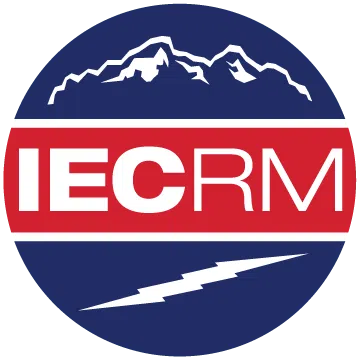INSPECTOR PERSPECTIVE

IECRM contractors, NECA members, and state and local electrical inspectors recently held their monthly meeting to discuss National Electrical Code issues, interpretations, and implications for inspectors who assist electrical contractors in multiple jurisdictions in Colorado.
IECRM wants to help keep their electrical contractors informed so we post the field problems and updates that were discussed in each meeting.
Field problems updates:
Question: Are jurisdictions enforcing listed transition fittings?
Answer: Those jurisdictions in attendance have been informing contractors of the installation discrepancies and listing violations. Some have even begun issuing correction notices for these listing violations and fitting discrepancies. There are three important considerations to be made in regards to transition fittings, as follows.
- Mechanical strength of the connection. All raceways shall be continuous per NEC 300.10 and 300.12, a loose fitting can result in the separation of a raceway exposing single current-carrying conductors.
- Electrical continuity of raceway for its entire length (including all fittings). This should be considered for redundancy grounding, or when a metallic raceway is used as an equipment grounding conductor as permitted by 250.118.
- Thread compatibility. There are two major types of threads, national pipe thread or NPT, which has a slight taper to the 60-degree thread angle, and national standard free-fitting straight mechanical pipe thread or NPSM which has no taper to the 60-degree thread angle. NPSM threads will not seal properly when used with an NPT female end (such as threaded hubs and threaded entries for enclosures, boxes and conduit bodies). This is especially true for threaded hubs, boxes, enclosures and conduit bodies with a NEMA design rating approved for damp and wet locations as these are NPT female ends designed for use with NPT male ends resulting in more surface contact between male and female ends. More surface contact between fittings assures a moisture impervious connection that will not fail due to prolonged damp and wet location exposure. NPSM male ends utilized with these threaded hubs, boxes, enclosures, and conduit bodies will result in less surface contact between male and female ends and eventual failure from moisture entering the threads and causing corrosion.
In conclusion, the consensus was the mixing of NPSM to NPT has been standard installation practice for a long time and refusing to accept such assemblies overnight is an unfair practice and should slowly be integrated through jurisdictions with leniency. Links have been included for more information on the topic below.
http://iaeimagazine.org/magazine/2012/07/16/transitioning-between-raceways/
http://www.ecmag.com/section/codes-standards/fittings-hubs
Question: Are jurisdictions verifying all wiring methods around pool areas as described in the 2017 NEC article 680.14, have been listed and identified for use in such areas?
Consensus: Yes.
If you are an IECRM contractor member interested in attending these monthly IECRM/NECA sponsored meetings for state and local electrical inspectors, please contact Paul Lingo, IECRM Training Director, [email protected], 303.853.4886.
